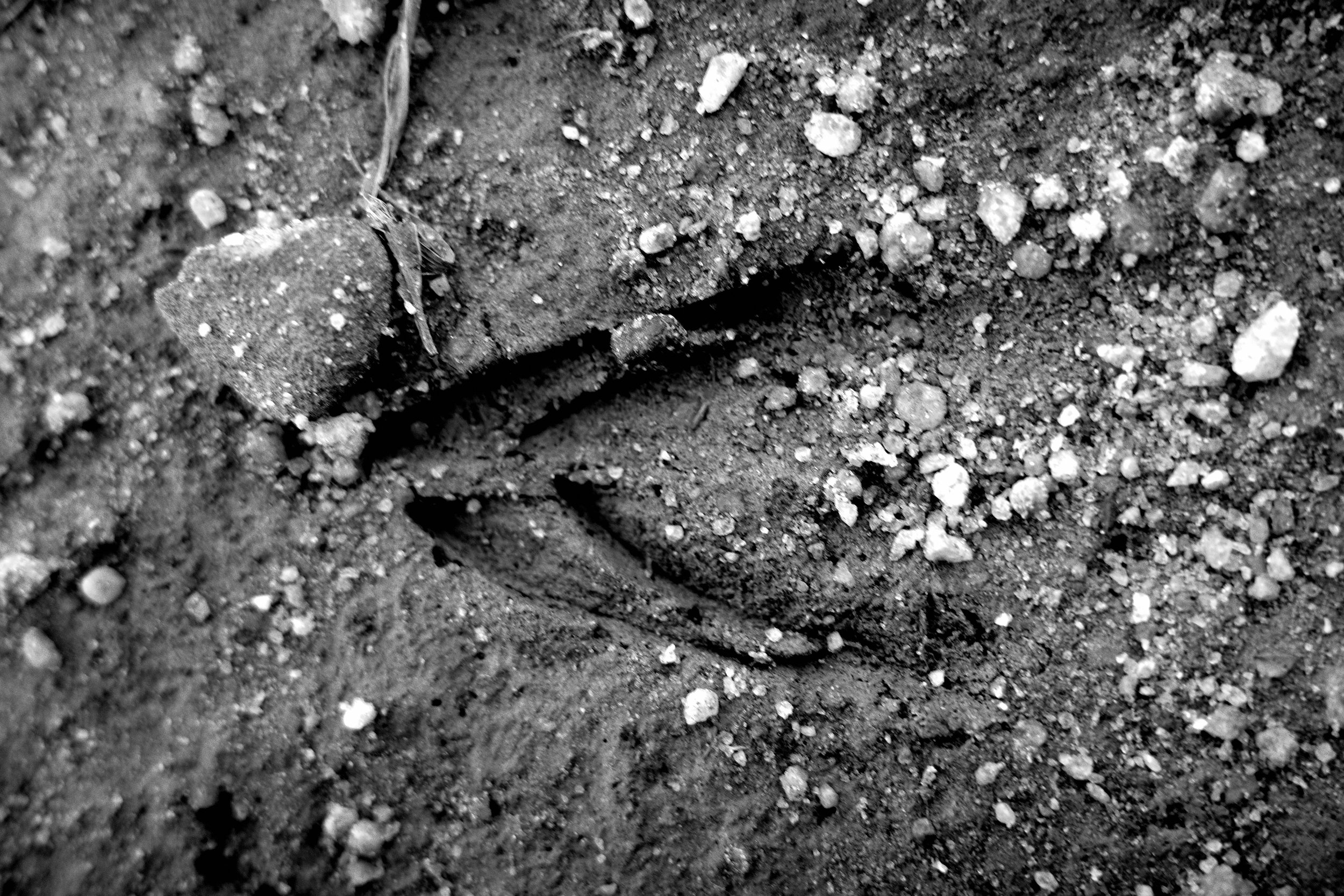A Doe, A Deer
There are several deer herds that frequent my property. A deer’s herding behavior changes throughout the seasons. Occasionally, you may spot a few deer in a group. Does may also join their young from the previous season, forming larger herds.
Adult bucks live solo, but a lone doe is not something you often encounter. For the past four or five days, however, there has been a lone doe on my property near my house. I noticed her a few days ago when I was out taking pictures in the forest. The doe noticed me and paced off without making the usual snort, which acts as a warning to nearby deer. The doe trotted about 50 meters, but I saw her stop while I was still in the area.
As I moved down the trail toward her, the doe bolted again. But unlike most deer who immediately vacate the area, this doe ran off in a semi-circle, putting distance between us, but still not leaving the area. Because of this behavior, the time of year, and some large-bellied does I’ve caught on trail cameras, I believe the doe may have a new fawn bedded in the area.
For the past few days, the doe has remained solo in the same general vicinity. I hope to capture some footage of any new fawns soon. Last year, we had three new fawns that were living in the woods near my home. Spring has been busy with new wildlife, including several new rabbits, birds, snakes, and frogs.
In the country, something interesting is always happening.
interesting facts about newborn fawns:
1. Whitetail fawns are born between late April and early July.
2. Fawns weigh between 4 and 8 pounds at birth.
3. Fawns are born with white spots on their reddish-brown coats to help them blend in with their surroundings.
4. Fawns have no scent for the first few days of their lives to avoid attracting predators.
5. Fawns can stand up within 20 minutes of being born.
6. Fawns are able to run and jump within a few hours of being born.
7. Fawns are born with a full set of baby teeth.
8. Fawns are cared for by their mothers, who leave them hidden in tall grass or under bushes while they go off to feed.
9. Fawns begin to eat solid food within a few weeks of being born.
10. Fawns lose their spots and grow their adult coats by the time they are 3-4 months old.
